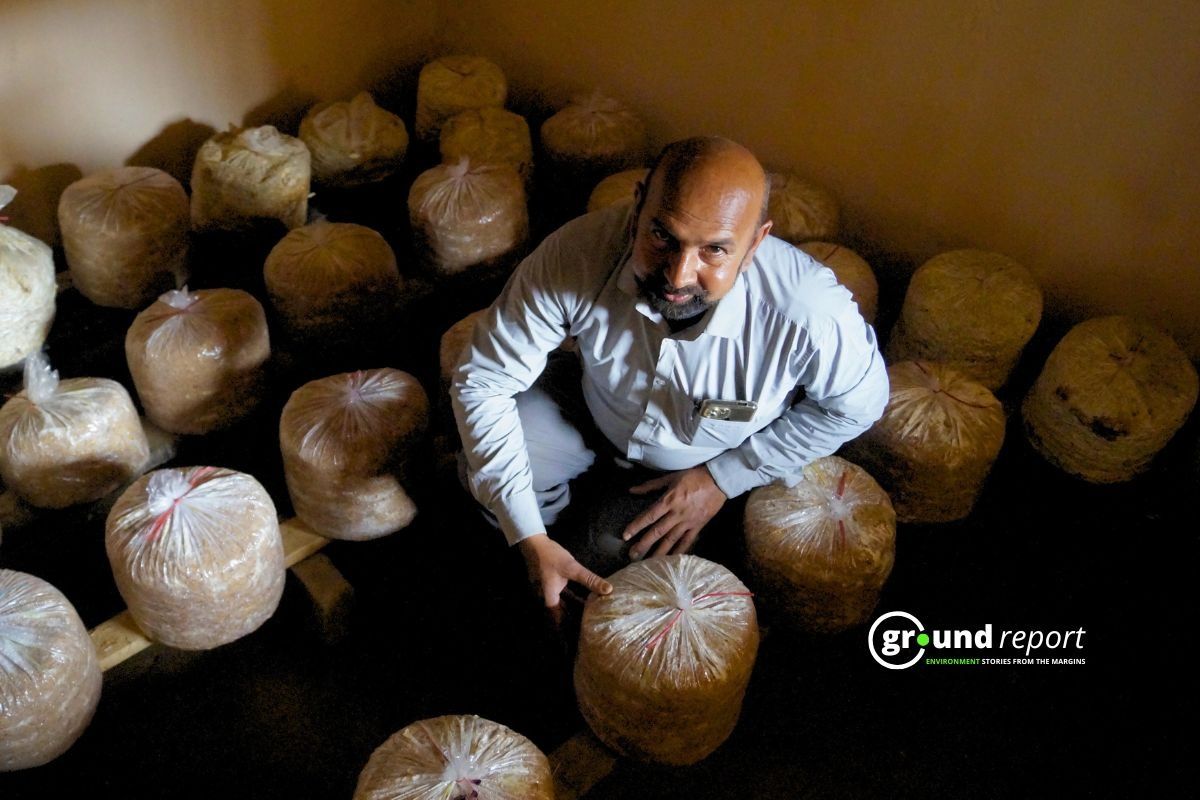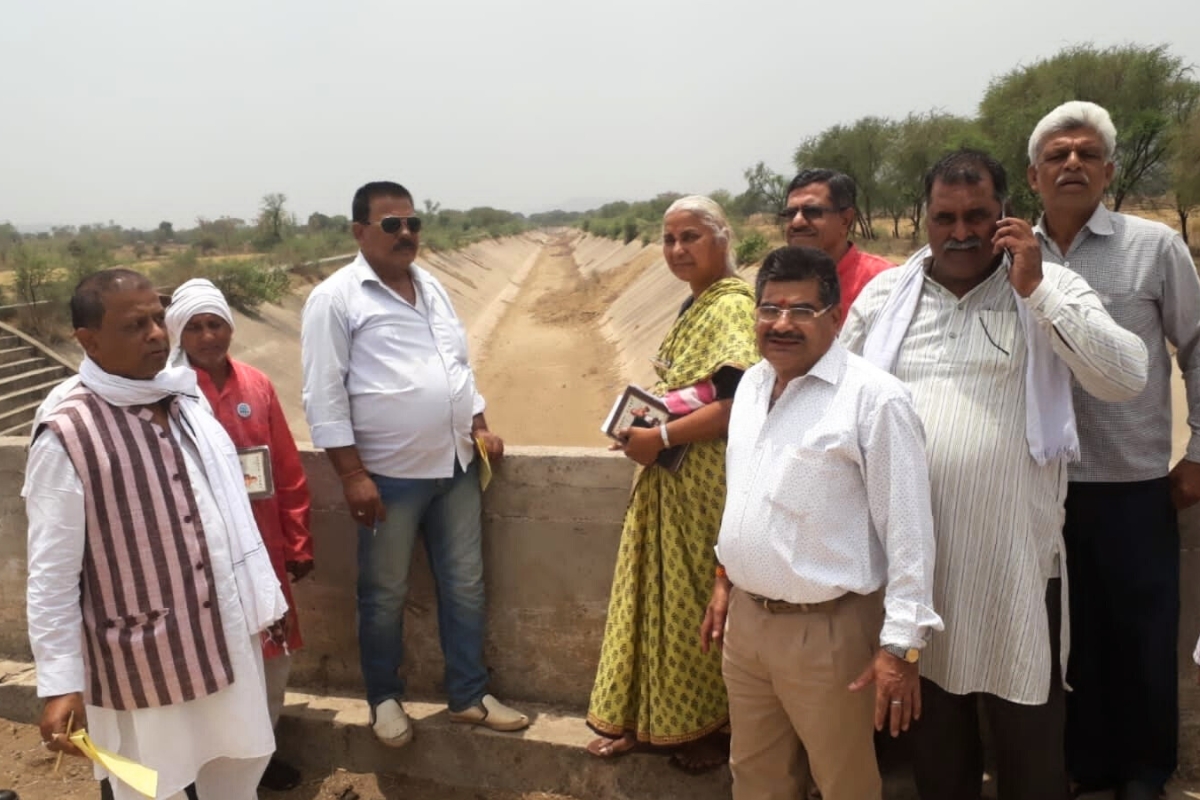India has become the first country to release genome-edited rice varieties that promise higher yields, better water use, and improved resistance to climate change. These new rice varieties, named Kamala DRR Paddy 100 and Pusa DST Rice 1, offer a 30% higher yield per hectare and take 15 to 20 days less to grow compared to traditional varieties.
Union Agriculture Minister Shivraj Singh Chauhan launched these new varieties in New Delhi. He highlighted that these varieties will use less water and help lower greenhouse gas emissions, making them more sustainable for farmers.
Key benefits of new rice varieties
-
Kamala DRR Paddy 100: Developed from Samba Mansuri at ICAR IIRR, Hyderabad, this rice variety produces more grains per panicle and matures 20 days earlier. It also uses less water and fertilizer, while reducing methane emissions. Its strong stalks prevent the crop from falling, and the rice quality remains similar to Samba Mansuri.
-
Pusa DST Rice 1: Developed from Cottondora Sannalu at ICAR IARI, New Delhi, this variety is ideal for saline and alkaline soils. It can increase yields by up to 30.4%, with an overall increase in production of 20%.
It usually takes 4 to 5 years to develop breeder, base, and certified seeds. However, the Agriculture Minister assured that efforts are underway to speed up this process, so farmers can access these high-yielding rice varieties sooner.
In addition to rice, genome editing is being used for other crops. Mangi Lal Jat, Director-General of ICAR, mentioned that 24 food crops and 15 horticultural crops are currently in various stages of gene editing. These efforts aim to improve food production and sustainability.
During the event, the Minister also introduced the “Minus 5, Plus 10” formula. The goal is to increase rice production by 10 million tonnes while reducing the land used for rice cultivation by 5 million hectares. The saved land can then be used for growing pulses and oilseeds.
Impact of genome-edited rice varieties
These new rice varieties offer several advantages:
-
19% increase in yield
-
20% reduction in greenhouse gas emissions
-
Saving of 7,500 million cubic meters of water
-
Better resistance to drought, salinity, and climate change
These varieties are suitable for states like Andhra Pradesh, Telangana, Karnataka, Tamil Nadu, Kerala, Chhattisgarh, Maharashtra, Madhya Pradesh, Odisha, Bihar, Jharkhand, Uttar Pradesh, and West Bengal.
The central government allocated Rs 500 crore for genome editing in agriculture as part of the 2023-24 budget. ICAR began its genome editing research in 2018, focusing on improving the Samba Mahsuri and Cottondora Sannalu varieties, which are widely used in farming.
This development is a significant step towards boosting food production and promoting sustainable farming in India. ICAR is also expanding its research on genome editing for other crops, including oilseeds and pulses.
Support us to keep independent environmental journalism alive in India.
Keep Reading
The costliest water from Narmada is putting a financial burden on Indore
Indore’s Ramsar site Sirpur has an STP constructed almost on the lake
Indore Reviving Historic Lakes to Combat Water Crisis, Hurdles Remain
Indore’s residential society saves Rs 5 lakh a month, through rainwater harvesting
Follow Ground Report on X, Instagram and Facebook for environmental and underreported stories from the margins. Give us feedback on our email id greport2018@gmail.com.
Don’t forget to Subscribe to our weekly newsletter, Join our community on WhatsApp, and Follow our YouTube Channel for video stories.






